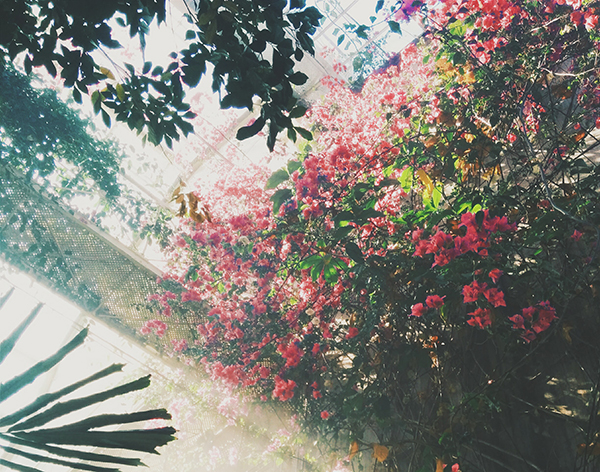News And Advice From The Leading Thousand Oaks Tree Trimming Company
Nothing complements a healthy tree better than a garden full of healthy plants. But one thing trees are known and valued for is their shade. So if you’re looking to create a garden full of beautiful plants around your prized shade tree, keep in mind the basics about sunlight.

First off, your nursery is going to offer you advice in the form of those little tags marked “Full Sun,” “Partial Sun” and so on. Unfortunately, that advice is pretty limited, so let’s take a quick look at some definitions and give some examples of plants that thrive in different conditions.
Full Sun: Most tags will define Full Sun as six hours per day. That’s correct, but remember that that’s a minimum — full-sun plants can handle more and, more important, that sunlight needs to be direct light — filtered light just won’t cut it. Also remember that the sun tracks at a different angle between summer and winter. During the winter, walls and fences may block the sun when it’s at a lower angle, so choose a spot that gets six hours even in winter. This is important because plants use sun to make food. Not getting a full six hours of sunshine makes them weak and unhealthy. A variety of beautiful and flowering full-sun plants include Russian Sage, Mums, Daylily, Yarrow, Geraniums and Coneflower.
Partial Sun: Plants that need partial sun need about four-six hours of direct sunlight daily. All the caveats that apply to full-sun plants also apply here — direct light, not filtered; four-six hours even in winter. With that in mind, plants that fit the bill include Begonias, Pansies, Primrose, Lobelia and Larkspur.
Partial Shade: Like partial-sun plants, plants that thrive in partial shade also need four-six hours of sunlight per day. So what’s the difference between Partial Sun and Partial Shade? The key difference is time of day — partial-sun plants love mid-day and even afternoon sunlight; partial-shade plants love morning light and afternoon shade. Partial-shade plants are likely to wilt in intense afternoon sunlight, especially in summer. Do your shopping for partial-shade plants from a list that includes Azaleas, Fuchsias, Hydrangeas, Elephant Ear and Hostas.
Full-Shade: Full-shade plants let you know in a hurry if they’re getting too much sun — they get droopy real fast. For full-shade plants pick a spot that gets no more than two hours of direct light per day. Amazingly enough, some of these plants, such as Impatiens, will also provide you with lovely flowers even in the shade. Also look for a variety of Ferns and Spotted Deadnettle to do well in full shade.
Choose your plants carefully and you’ll have a wonderful garden to complement your beautiful shade trees.

